Blackhead Disease In Poultry
Blackhead disease in poultry. In chickens the mortality may be 1020 with high morbidity although many outbreaks pass unnoticed. Thus the name blackhead is in all possibility a misnomer for discoloration. June 1 2018 - Blackhead disease histomoniasis is an important poultry disease that affects turkeys chickens peafowl and game birds such as partridges pheasants and quail.
The head may become cyanotic bluish in colour hence the common name of the disease blackhead disease. Also the quality of the protein in turkey is relatively higher than other poultry birds. Because the severity of Blackhead disease is different for each species we strongly recommend that all poultry species be housed separately as much as possible.
The protozoan Histomonas meleagridis infects a wide range of gallinaceous birds and causes histomoniasis blackhead disease. Blackhead disease in a Chickens Blackhead disease was found in five backyard flocks. This disease primarily affects turkeys but other poultry species can be infected as well.
Blackhead is a disease that primarily affects turkeys and will begin to present itself around 7-12 days after exposure. This disease initially affects the intestinal ceca and liver causing tissue destruction. Potential mortalities in infected flocks can approach 100 percent in turkeys and 20 percent in chickens McDougald 2005.
The disease carries a high mortality rate and is particularly highly fatal in poultry and less in other birds. There is currently no approved treatment for blackhead disease. 3 rows Case 1.
Early workers identified Histomonas meleagridis a protozoan related to Entamoeba histolytica Giardia lamblia and Trichomonas as the causative agent. Losses are more common but less severe in chickens particularly broiler breeder pullets and in game bird flocks reared in confinement and on open range. Caused by the protozoan Histomonas meleagridis Blackhead can also have a significant economic impact on.
Blackhead disease caused by the protozoan parasite Histomonas meleagridis has become common in some poultry production units often resulting in a 30 mortality rate in chickens and up to 90 mortality rates in turkeys. The disease is caused by the protozoa.
Blackhead is a disease that primarily affects turkeys and will begin to present itself around 7-12 days after exposure.
Potential mortalities in infected flocks can approach 100 percent in turkeys and 20 percent in chickens McDougald 2005. Blackhead disease continues to cause sporadic but severe disease losses in commercial turkey flocks. Potential mortalities in infected flocks can approach 100 percent in turkeys and 20 percent in chickens McDougald 2005. Thus the name blackhead is in all possibility a misnomer for discoloration. Its caused by Histomonas meleagridis spread by the roundworm Hererakis gallinarum. Several measures have to be taken to prevent and control this disease. It is deadly to turkeys and can result in 100 fatality of all birds. Blackhead disease histomoniasis is an important poultry disease that affects turkeys chickens and game birds such as partridges pheasants and quail. Blackhead disease in a Chickens Blackhead disease was found in five backyard flocks.
Potential mortalities in infected flocks can approach 100 percent in turkeys and 20 percent in chickens McDougald 2005. Its caused by Histomonas meleagridis spread by the roundworm Hererakis gallinarum. It has since become a serious limiting factor of poultry production in the US. The disease is caused by the protozoa. Chickens are very prone to cecal worms. Blackhead disease caused by the protozoan parasite Histomonas meleagridis has become common in some poultry production units often resulting in a 30 mortality rate in chickens and up to 90 mortality rates in turkeys. The disease is caused by Histomonas meleagridis a protozoan that is transmitted to the bird by the parasite Heterakis gallinarum a type of nematode or roundworm.

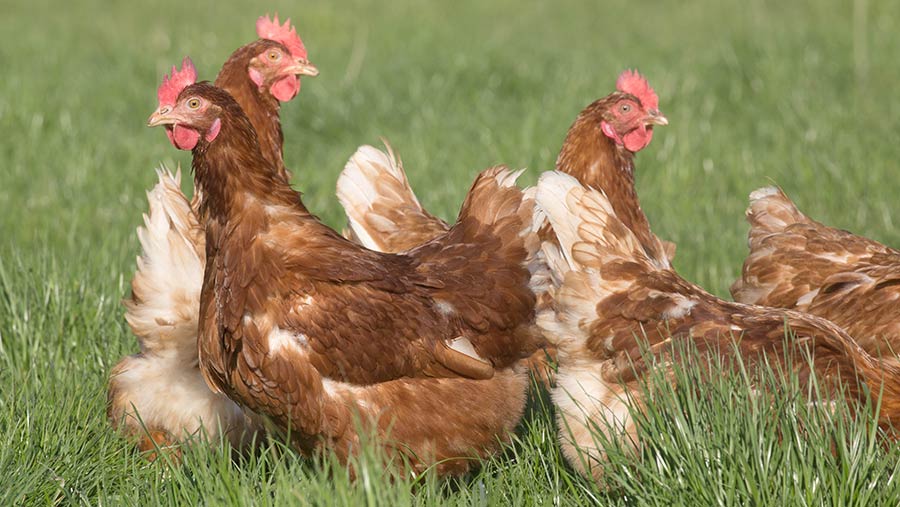


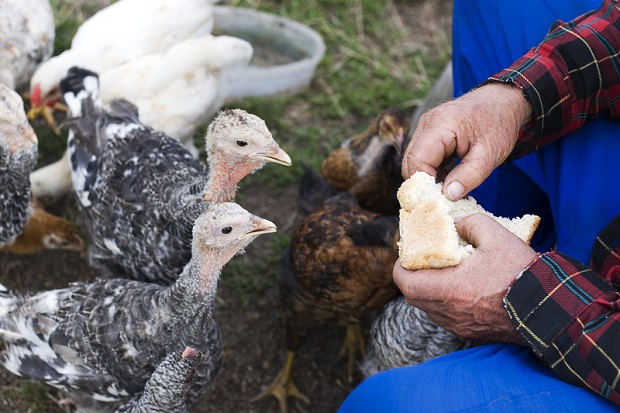

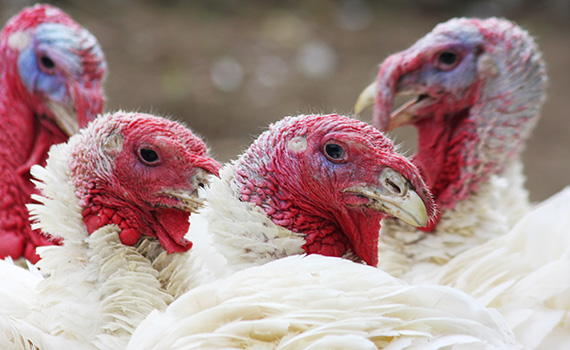

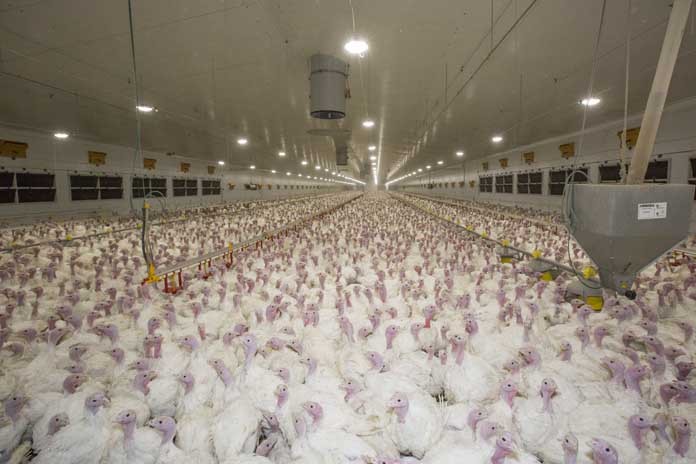

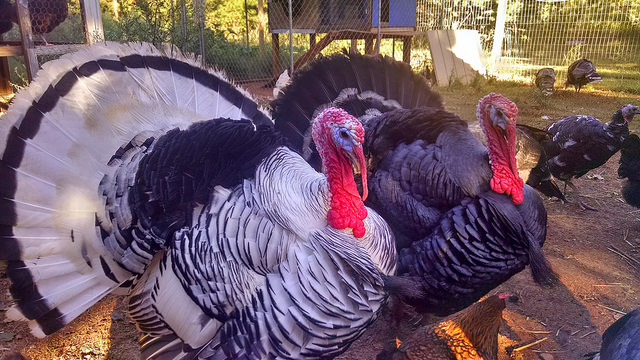
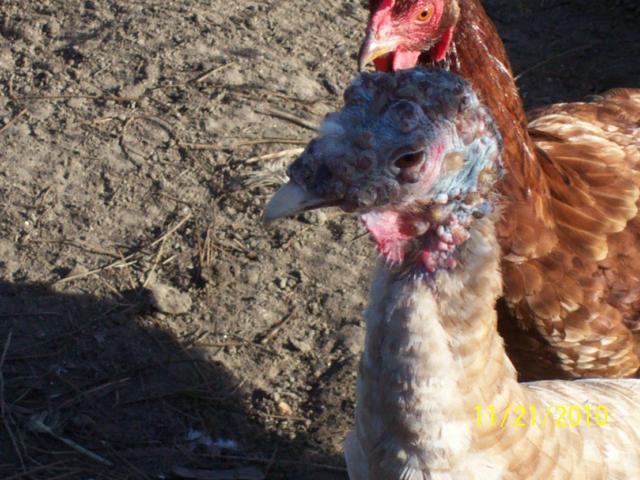





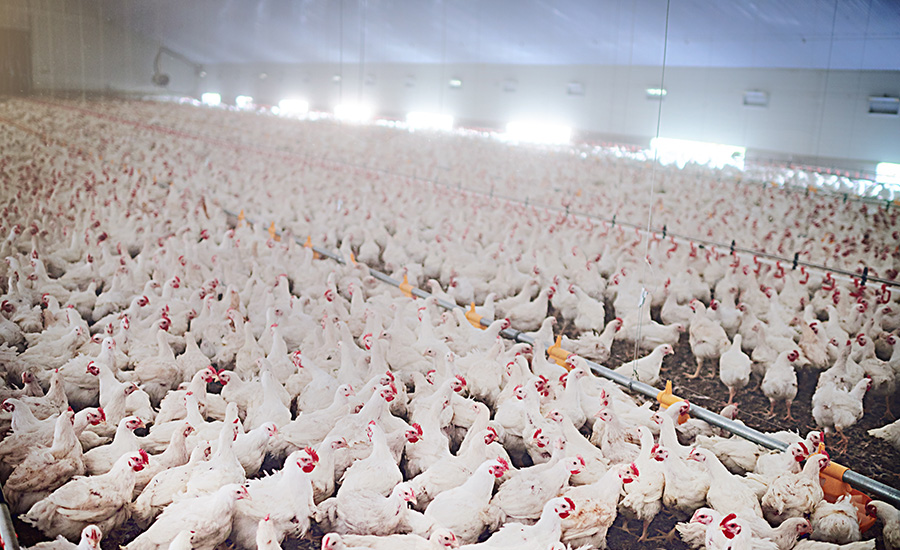


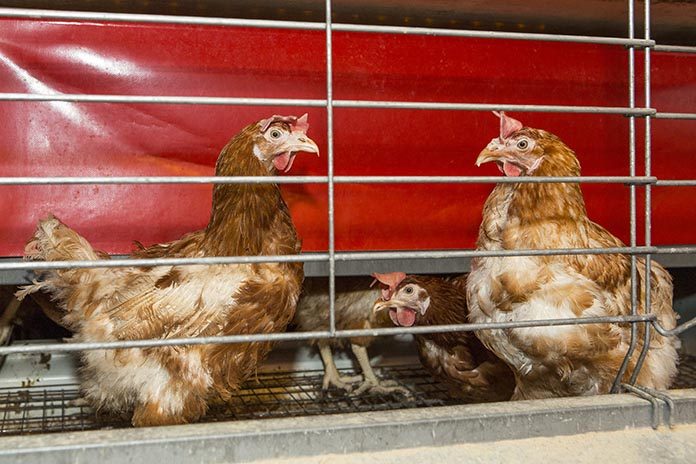







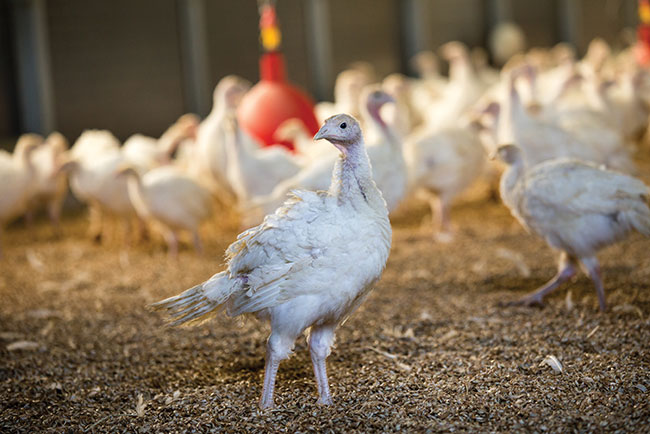
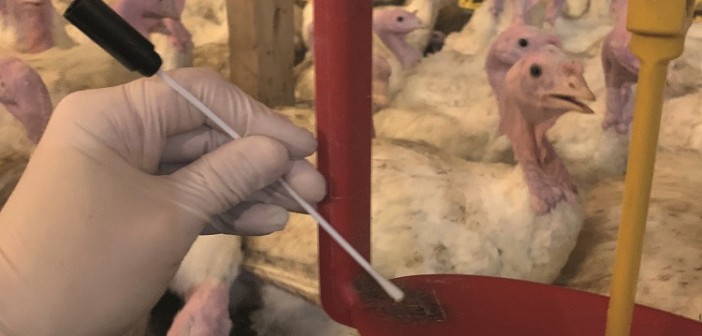


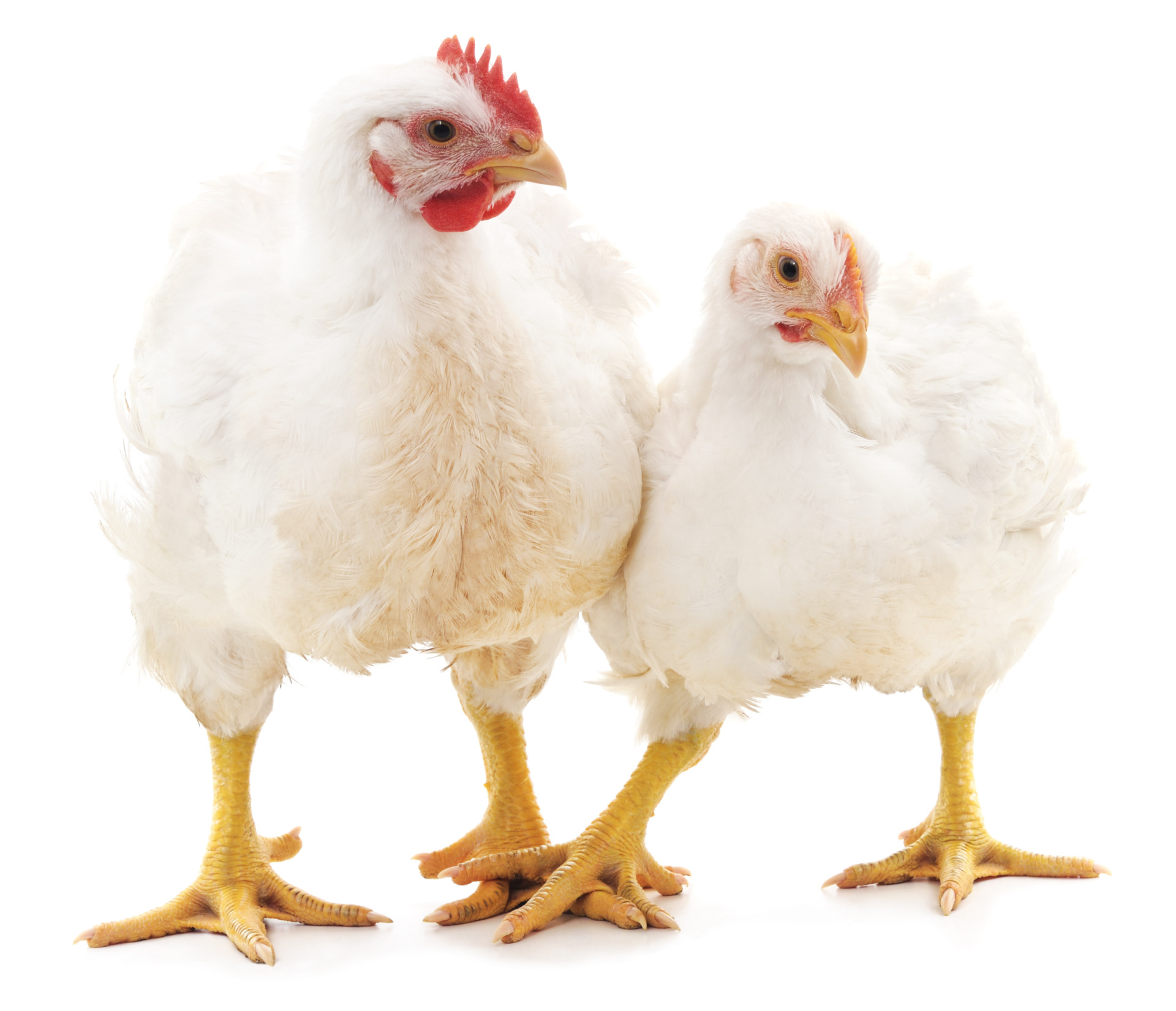
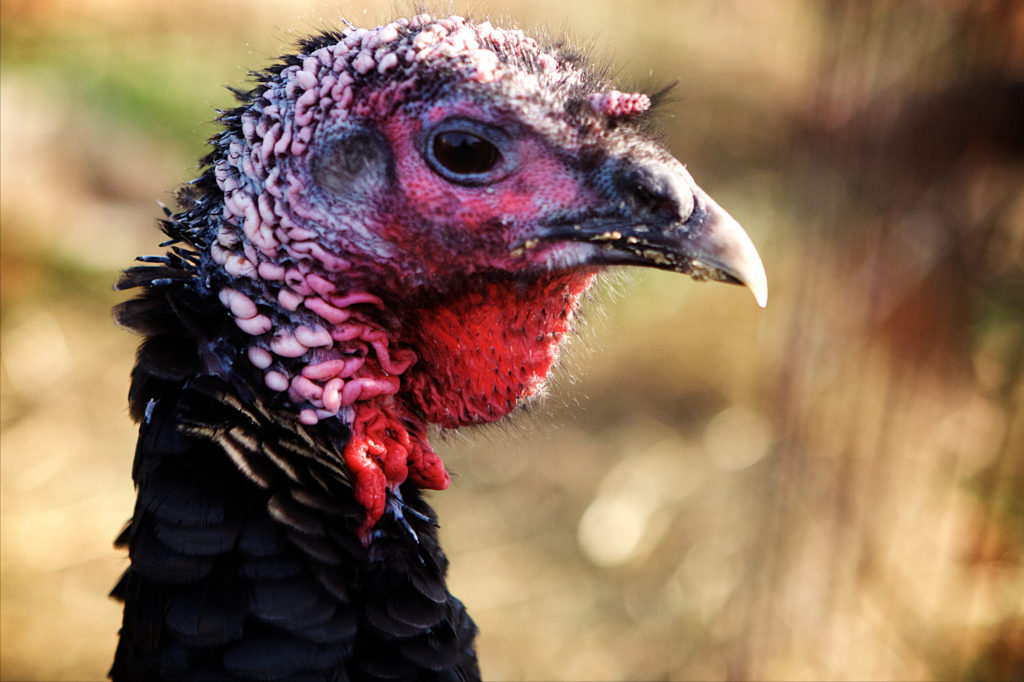




Post a Comment for "Blackhead Disease In Poultry"